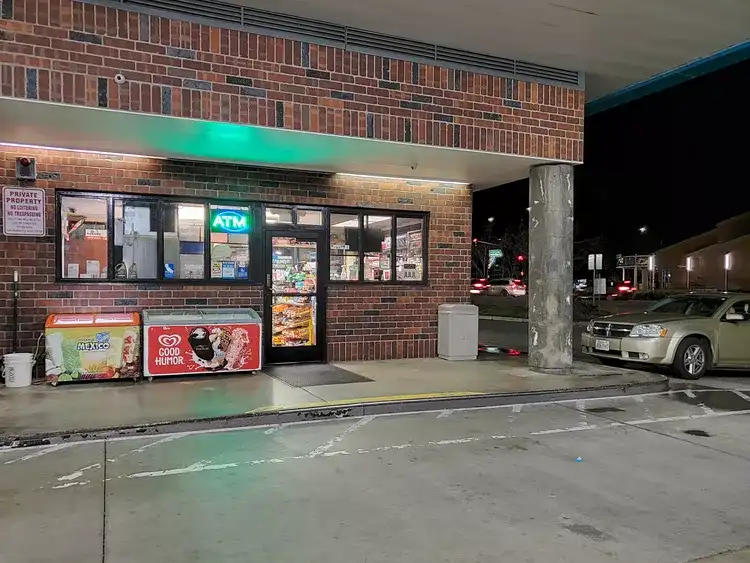The language we use to talk about food access plays a crucial role in shaping how we understand and respond to systemic injustice. One term gaining prominence in food justice conversations is “food apartheid” a phrase that brings clarity to the structural inequalities behind food insecurity, especially in marginalized communities. While “food desert” has long described areas with limited access to supermarkets, it fails to capture the political, racial, and economic forces that produce those conditions. “Food apartheid,” in contrast, calls those forces by name.
Why Language Matters in the Food Justice Movement
Activist Karen Washington popularized the term “food apartheid” as a way to challenge the neutrality of “food desert,” which implies natural scarcity rather than deliberate neglect. Speaking in a 2018 interview with Guernica, Washington emphasized that “food apartheid” brings race, power, and inequality into the conversation. This shift in language helps illuminate the broader systems at work from discriminatory zoning policies to the disproportionate presence of fast food outlets in low-income areas.
The Problem With “Food Desert”
Critics argue that “food desert” oversimplifies the issue and erases the vitality of communities affected by food inequity. Moreover, the term fails to recognize how historically racist policies like redlining and economic disinvestment have shaped food landscapes in the U.S. Unlike deserts, food environments are manmade and therefore can be remade.
How Food Apartheid Affects Communities
In neighborhoods suffering from food apartheid, residents are often surrounded by convenience stores and fast food chains rather than grocery stores stocked with affordable, fresh produce. These areas are sometimes labeled “food swamps,” though that term also falls short of addressing root causes.
Health and Environmental Consequences
- High intake of ultra-processed foods is linked to obesity, diabetes, and heart disease.
- Most of this food comes with excessive single-use plastic packaging, contributing to environmental degradation.
- Communities of color, particularly Black and Latinx populations, are disproportionately impacted.
Case Studies in Food Apartheid
Examples from U.S. cities highlight how structural inequalities shape food access. In Salt Lake City’s Westside, a study showed that immigrant and refugee communities rely heavily on industrial food systems while facing limited access to healthy alternatives. However, community-based initiatives like Backyard Urban Gardens have stepped in, offering CSA (Community-Supported Agriculture) programs that empower residents and local farmers alike even those without land ownership.
Similarly, research in Philadelphia shows that even in neighborhoods with poor access to supermarkets, residents have built resilience through urban farms and community gardens. These efforts not only provide food but also resist food apartheid by giving power back to the people.

Solutions That Go Beyond Charity
Activists like Washington argue that while food banks and soup kitchens offer temporary relief, they don’t address the root causes of hunger. Charity should be for emergencies not a normalized response to systemic neglect. True food justice means investing in self-determined food systems.
Community-Based Solutions
- Community gardening: Local gardens give people direct access to fresh produce and reduce reliance on external food systems.
- Urban agriculture: Growing food within city limits enhances food security and creates job opportunities.
- Food sovereignty: Empowering communities to control how their food is grown, distributed, and consumed.
- Environmental justice: These efforts also benefit the planet by reducing packaging waste and encouraging regenerative agriculture.
From Food Security to Food Sovereignty
The movement to end food apartheid doesn’t stop at making food available it’s about giving people control. Food sovereignty reframes the conversation, emphasizing local resilience, cultural respect, and environmental sustainability. Rather than asking how to feed people, it asks: who controls the food system, and who benefits?
Frequently Asked Questions
What does “food apartheid” mean?
It refers to systemic racial and economic inequalities that restrict access to affordable, nutritious food in marginalized communities. Unlike “food desert,” it highlights the historical and political forces that create these conditions.
How is food apartheid different from food insecurity?
Food insecurity refers to the lack of consistent access to enough food for an active, healthy life. Food apartheid identifies the discriminatory systems that cause such insecurity, particularly in communities of color.
What can be done to end food apartheid?
Solutions include investing in community-led food systems, promoting food sovereignty, and addressing the policies that allow inequitable food access to persist. Supporting local agriculture, education programs, and land access for marginalized growers are all steps toward dismantling food apartheid.
The fight for food justice begins with calling the problem by its name. Only then can we build a food system that nourishes everyone fairly and sustainably.





